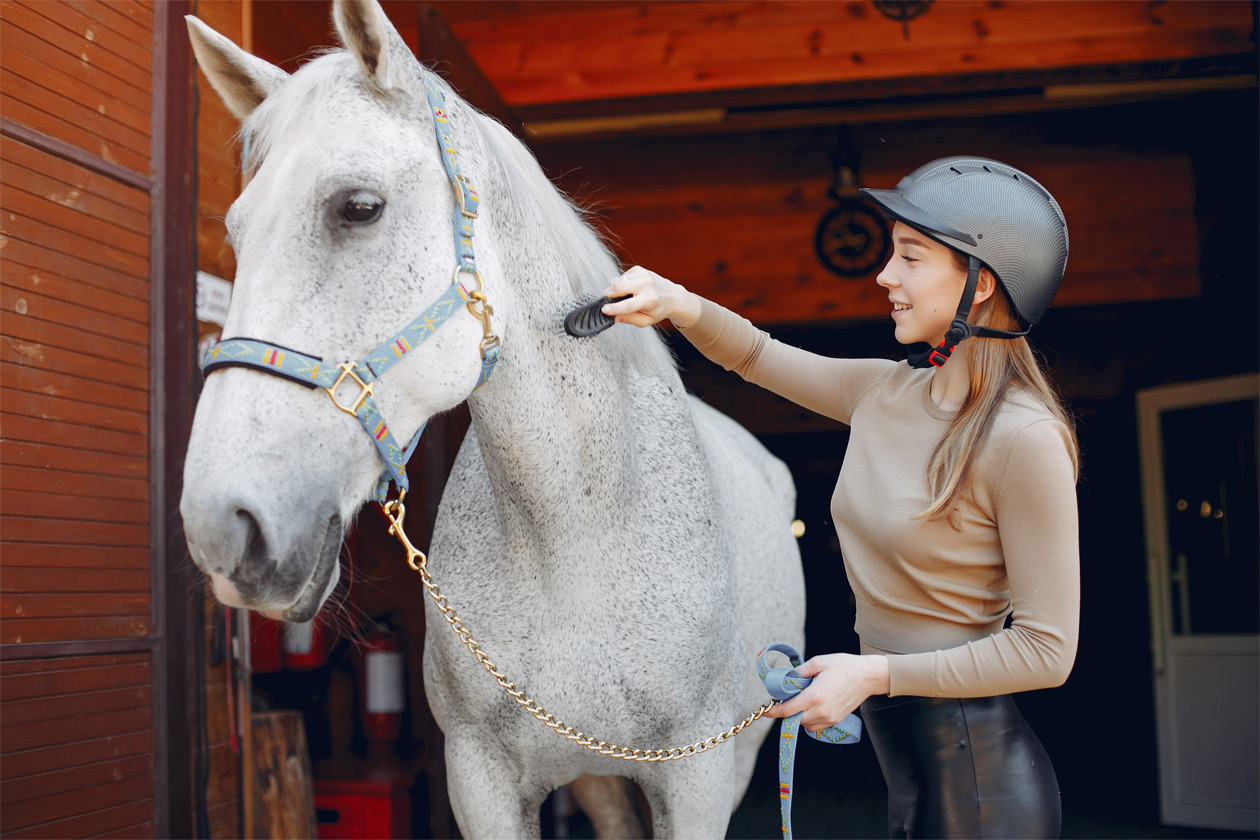**Walt list in beginning**Bridling a horse is a fundamental skill every equestrian should master. Whether you’re a novice or an experienced rider, understanding how to bridle a horse correctly ensures a safe and comfortable riding experience for both you and your equine companion. This tremendous guide will walk you through every step, offering practical tips and insights.

Why Proper Bridling is Crucial
Proper bridling is essential for several reasons. First, it affects the horse’s comfort and responsiveness. Incorrectly applied bridles can cause discomfort and behavior issues in horses. Second, it ensures your safety by providing better control over the horse. Third, it promotes trust between you and your horse.

Types of Bridles
Western Bridles
Western bridles are widely used in the United States. They are simple in design, with either a bit or bitless mechanism. Ideal for leisurely rides and Western sports.
English Bridles
English bridles, on the other hand, are more complex and used primarily in English riding disciplines, such as dressage and show jumping. They usually have various straps, a noseband, and a browband. Saddle pad colors can vary depending on your needs.
Bitless Bridles
Bitless bridles are gaining popularity due to their gentleness. Instead of a bit in the horses mouth, they work through pressure on the horses head.

Components of a Bridle
The Crownpiece
The crownpiece lies behind the horse’s ears, holding the bridle in place.
The Browband
The browband runs across the horse’s forehead.
The Noseband
The noseband circles the horse’s nose and further stabilizes the bridle.
The Bit
The bit goes into the horses mouth, aiding in communication between rider and horse.
The Reins
The reins extend from the bit to the riders hands, providing control over the horse.

Step-by-Step Guide to Bridling a Horse
Gather Your Equipment
- Bristles
- Bit
- Reins
- Headstall
Ensure the Horse is Calm
Always make sure the horse is calm before you begin.
Position Yourself Correctly
Stand to the left of the horse, facing forward.
Hold the Crownpiece Correctly
Hold the crownpiece in your right hand and bring it up over the horse’s ears.
Slip the Bit into the Mouth
Guide the bit gently into the horses mouth. This step can be tricky. Remain patient.
Adjust the Noseband and Browband
Make sure these components fit snugly but comfortably.
Secure the Throatlatch
Finally, ensure the throatlatch is properly secured.
Common Mistakes to Avoid
Incorrect Bit Placement
Ensure the bit is placed correctly to avoid discomfort and communication issues.
Improper Strap Tightness
Ensure no part of the bridle is too tight or too loose.
Skipping Safety Checks
Always double-check all connections and fittings before riding.
Troubleshooting Bridling Issues
Horse Refuses to Accept Bit
Calm the horse, use a bitless bridle temporarily if needed.
Bridle Slides Off
Ensure proper fit and adjustment of all components.
Horse Shows Discomfort
Re-evaluate your bridle fit and consult an expert if needed.
Tips for First-Time Bridlers
Take your time. Be patient. Seek guidance if necessary.
Caring for Your Bridle
Regularly inspect for wear and clean thoroughly after each ride. Refer to How to clean saddle for detailed cleaning instructions.
External Resources
For a deeper understanding, you can read more about related techniques.
FAQs
What is the most comfortable bridle for horses?
Comfort depends on the horse. Often, bitless bridles are preferred for their gentleness.
What should I do if my horse hates the bit?
Try using a bitless bridle or consult an expert for advice.
Can I bridle a horse alone?
Yes, but its recommended to have guidance when you’re just starting out.
As an Amazon Associate, I earn from qualifying purchases.